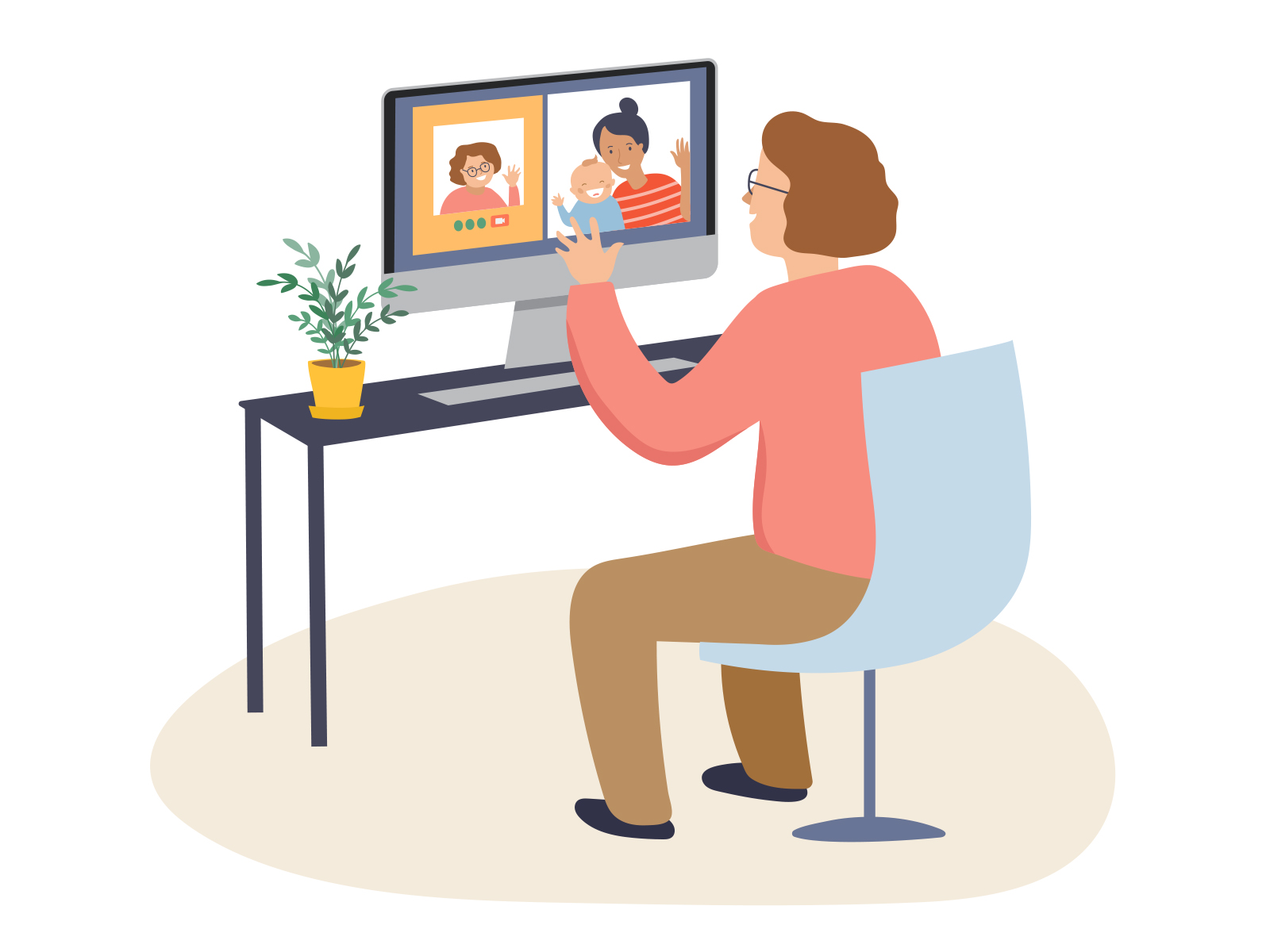Volunteering is an integral part of Canadian culture. Children are encouraged to do it, high school students must complete mandatory volunteer hours, and older adults are known for helping others.
Adults volunteer their time and skills at charities, non-profit organizations, political parties, religious faith organizations, youth groups and many other places. According to Statistics Canada, in 2013, 44 per cent of the population aged 15 and older participated in some form of volunteer work.
Volunteering involves giving personal time freely for the benefit of another person, group or cause. According to Employment and Social Development Canada (ESDC), volunteering is the time you give to strengthen your community and improve others’ quality of life as well as your own.
Giving back to the community is usually well-regarded and valued in Canadian society. In this article, we will focus on the importance of volunteering, highlight the benefits it offers, and provide resources to find potential volunteering opportunities.
Here are a few ways you can realize how important volunteering is to Canadians and how it can benefit you:
1. Build your network
Volunteering can be a key tool in building your Canadian network. During your initial days or months as a newcomer in Canada, you may not know many people. Cultural differences may limit you from proactively reaching out to locals to build connections. Volunteering offers a forum to meet other like-minded individuals—newcomers and locals alike—and build your social and professional networks.
Canada has a hidden job market, which refers to positions that are filled without employers publicly advertising them. It is said that 65 per cent to 85 per cent of job openings are not posted. That’s why it’s important to build your network—and volunteering is a great way to get started.
2. Gain Canadian experience
Newcomers in the job search phase can try looking for volunteering opportunities in their field of work. You can also identify roles that involve the usage of skills that are relevant to your profession. Volunteering can help you bridge gaps in your work history while you look for a job and is a good way to gain the much-coveted Canadian experience. Moreover, you can always ask the company you volunteer with to provide reference letters, which can be useful in your job applications.
Volunteering also offers the opportunity to learn new skills and brush up on your English or French language skills. In a survey conducted by Statistics Canada, many stated that their volunteer activities had given them a chance to develop new skills. For example, as per the survey results:
• 64 per cent said their interpersonal skills had improved,
• 44 per cent said the volunteer experience had improved their communication skills,
• 39 per cent reported to have improved organizing skills,
• 33 per cent improved fundraising skills,
• 27 per cent improved technical or office skills, and
• 34 per cent reported that volunteer work had increased their knowledge of certain subjects including health, women’s and political issues, criminal justice and the environment.
3. Keep yourself busy so you don’t get depressed
Volunteering can help you develop empathy and compassion and gather positive life experiences. As a newcomer in a foreign land, away from your friends and family in your home country, it’s very easy to feel isolated, homesick and depressed. Keeping yourself occupied by being involved with the community is a good way to care for your mental well-being.
Volunteering is also a brilliant way to discover new interests and hobbies, visit different parts of the city and travel. It can help you reduce stress and provide a sense of purpose.
How can you volunteer in Canada?
ESDC has suggested some ways in which you can volunteer your time:
Show leadership
• Facilitate a strategic planning session
• Chair a fundraising campaign
• Help start a tenants rights association
Management and administration
• Review or help write a human resources manual
• Organize a volunteer schedule for an event
• Enter data at a resource centre
• Provide general office help
Technology and social media
• Design a website for an eldercare co-op
• Write a blog on affordable housing
• Customize a donor database for a food bank
• Teach computer skills in a community centre
Building and handicrafts
• Build a bookshelf for a reading room
• Sew costumes for a play
• Teach card-making in a rehabilitation centre
• Build a stage for marathon ceremonies
Nature and environment
• Walk a dog for a local animal shelter
• Research pesticide bylaws in different cities
• Plant vegetables in a community garden
One-to-one support
• Tutor school-aged children
• Comfort a victim of violence
• Be a mentor to a teenager
Direct service
• Answer the phones for a helpline
• Prepare lunch in a soup kitchen
• Coach a sports team
• Drive people to medical appointments
Entertainment
• Play piano for a sing-along at a retirement residence
• MC at a volunteer service awards night
• Do a stand-up comedy act at a fundraiser
• Join a choir that participates at community events
How to find volunteer opportunities in Canada
Finding a volunteering opportunity that aligns well with your situation and experience might take a bit of research.
Here are a couple of action items to get you started:
Research: Look up companies and organizations that are offering volunteering positions in your field or find ones that represent causes you care about. Include positions that involve the skills you would use in your desired job—these may be skills that you’re already proficient in or are hoping to learn and improve. Another way to find volunteering opportunities is to keep an eye out for volunteer requests in your neighbourhood.
Connect: Reach out to these organizations by sending an email, contacting them through their website or through their LinkedIn pages to learn more about their needs. Evaluate the areas where you might be able to offer your skills.
Where to find volunteer opportunities across Canada:
• Volunteer Canada
• Charity Village
• Go Volunteer
• LinkedIn’s Volunteer Board
• Canadian Volunteer Directory
• GoodWork
• Heart and Stroke Foundation
• CARE Canada
• Canadian Red Cross
• World Vision Canada
In addition, most provincial government sites and major city websites list volunteering opportunities. For instance, here are the websites for Ontario, British Columbia, Toronto, and Vancouver.
Giving back to the community is usually well-regarded and valued in Canadian society. As a newcomer, volunteering is a great way to integrate yourself into the community, get to know the local culture, and even improve your chances of finding paid employment opportunities. Volunteering experience also adds immense value to your resume and could be a stepping stone in helping you reach your goals.
RBC Arrive—an organization dedicated to helping newcomers achieve their life, career and financial goals in Canada.
QUIZ: What’s right for you?
Once a week, or once a month
How do you figure out the best way to make your neighbourhood stronger, protect human rights or help someone out? Whether you are considering making a donation, getting involved in community life or volunteering with an organization, it is not easy to sort through all the campaigns, canvassers and recruiters and figure out your volunteer interests.
Like all good relationships, values and mutual respect between an organization and its volunteers need to be in alignment. Volunteers benefit when they take the time to choose an opportunity, a cause and an organization wisely. This process involves getting to know oneself better by learning more about the issues that matter to you most, be it locally, provincially, nationally or globally.
This Volunteer Quiz is a combination of a personality test and horoscope. In ten minutes, you can work through 13 questions to help you explore what is important to you, what skills you have to offer, what you would enjoy learning and what kind of organization might suit you best. Once completed, the Volunteer Quiz will indicate which of the 6 volunteer types you might be. You may discover that you are a Cameo Volunteer, a person who does not want to be front and centre, but who is happy to make an appearance when needed. Perhaps you are a Roving Consultant, a person with a specialty that can be offered to several different organizations. Maybe you are a Rookie, a person who is just starting out as a volunteer and who is testing the waters.
In addition, the Volunteer Quiz is linked to a Matching Tool on GetInvolved. The tool is easy to use and is constantly being updated with new opportunities.
Get involved and take the quiz at volunteer.ca/english/index.html.











